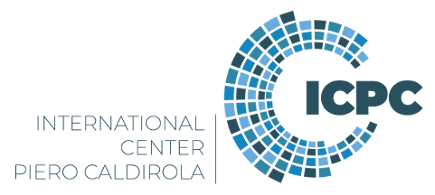Speaker
Description
Microwave diagnostics present the opportunity for multiplexed plasma control measurements, enabling a minimal plasma-facing footprint and a consolidated measurement suite, though uncommon or new approaches might be necessary for these technologies. The limited set of plasma control and machine monitoring diagnostics expected on future pilot and commercial DT fusion machines will face extreme constraints unlike those found on any currently operating device. Detection of long wavelengths, such as RF, mm-wave, and even THz, offer unique advantages in enabling robust signal capture and relay systems.
High neutron/gamma flux can be a significant source of noise, material damage, and thermal loads that will be detrimental or destructive to most current diagnostic systems. Requisite steady-state operation makes suppression of signal drift and calibration difficult or impossible while erosion and redeposition of plasma-facing components becomes significant. It is estimated that over 90% of the plasma facing surface needs to be used for neutron capture and tritium breeding to ensure an economical plant design. Current future detector designs are unlikely to survive the nuclear environment near the vacuum chamber so must be placed behind shielding several meters away from the first wall. Usage of optical and electronic relay components will be minimal or nonexistent due to their degradation in such proximity to the plasma. High radiation fluxes have been observed to cause debilitating embrittlement and transmutation, and opportunities to repair or replace these components will be rare.
The need for relay optics can be eliminated by using metallic antennas and waveguides, which can be used to capture and transmit signals up to about 2 THz. Fusion experiments around the world have employed antennas and transmission lines for microwave diagnostics for decades, and experience shows that these solutions are robust and long-lasting. Conventional microwave techniques have demonstrated reliable measurements of the plasma such as electron temperature, electron density, and energetic ion population, all crucial plasma measurements in any commercial device. Emerging techniques are also showing promise for extracting plasma shape, plasma position, and D/T ratio. This talk will discuss critical considerations and some recent developments for microwave-based commercial fusion diagnostics.

